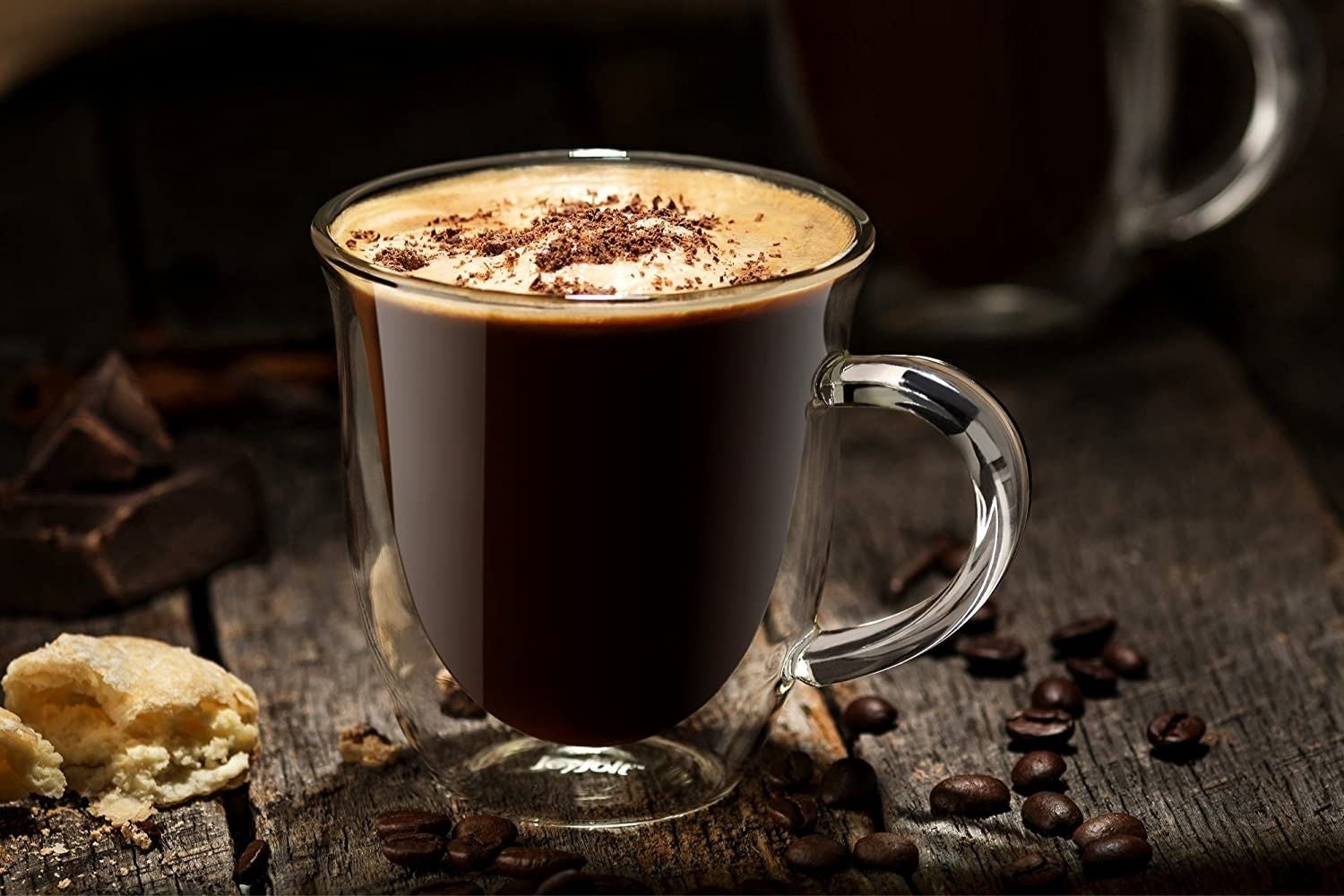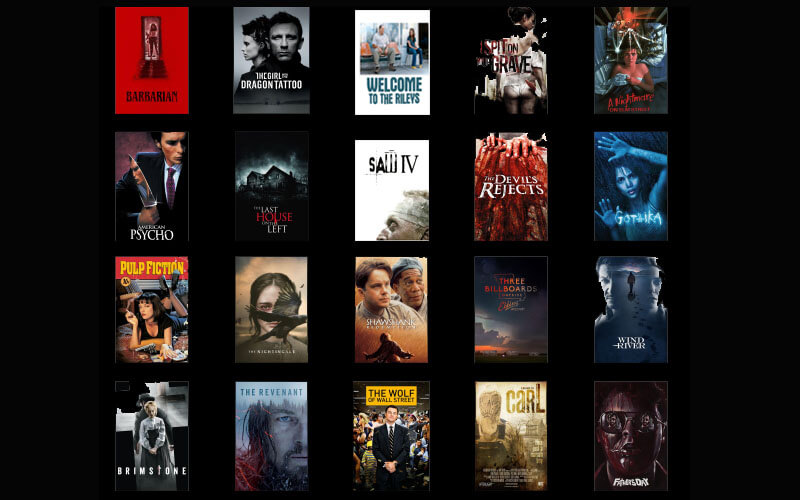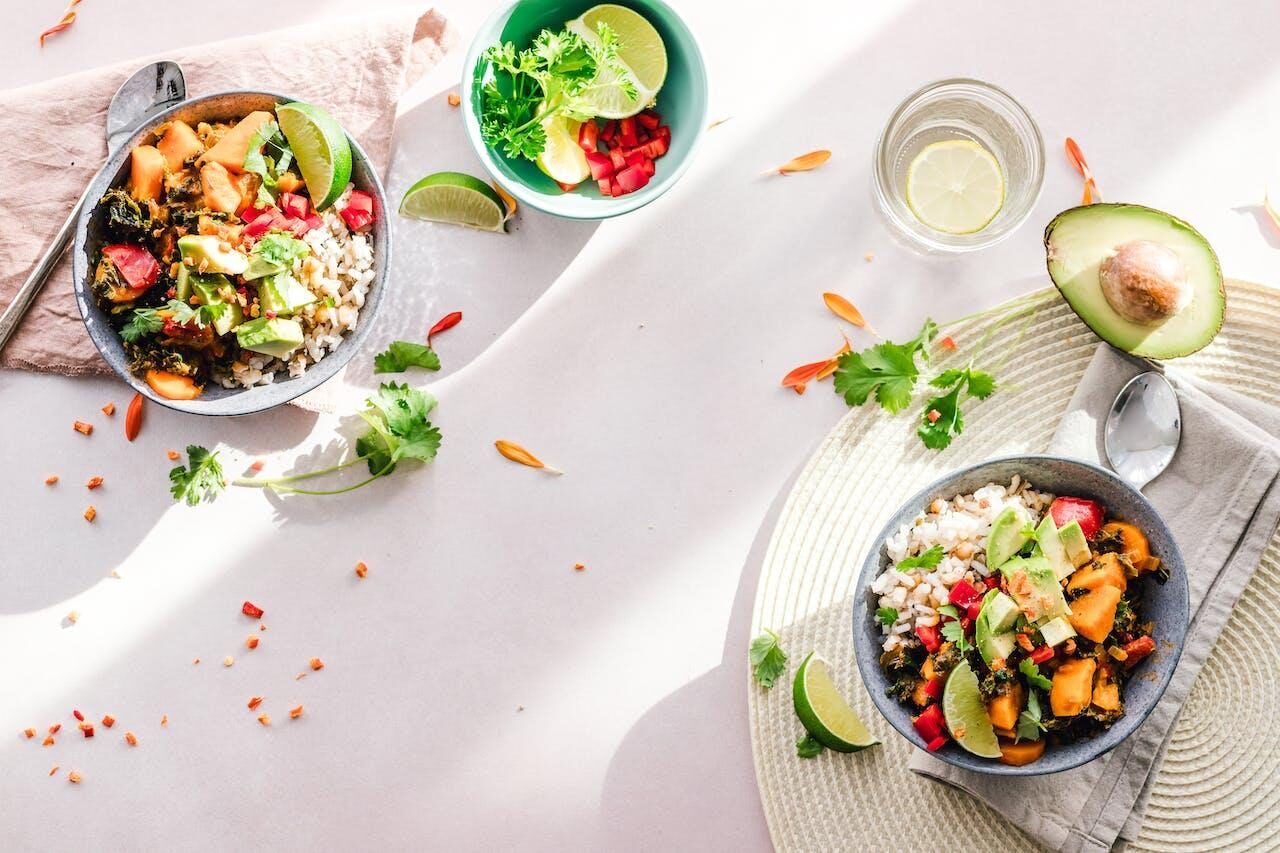10 Tips for Brewing Better Coffee at Home

If you’re a coffee lover, brewing a delicious cup of joe at home can be a rewarding experience. But sometimes, achieving that perfect flavor, aroma, and strength balance can be tricky.
Fear not! In this blog, you will explore some simple yet effective tips to help you brew better coffee in the comfort of your kitchen.
“Indulge in rich, flavorful coffee with the Farberware Electric Coffee Maker. With its reliable performance and convenient features, enjoy the perfect cup every time.”
Investing in high-quality equipment, like the Kees van der Westen Spirit, can significantly improve your home brewing experience. This advanced machine offers precision and control, ensuring that each cup of coffee is brewed to perfection. Whether you’re an amateur or a seasoned barista, using professional-grade equipment can elevate the taste and consistency of your coffee, making every sip a delightful experience.
Contents
1. Choose Quality Beans
The cornerstone of a delightful coffee experience lies in the quality of the beans you choose. When selecting coffee beans, consider aspects such as the beans’ origin, the method of processing they undergo, and their roast level.
Ground Coffee beans and whole coffee beans are the most commonly available. But each region produces beans with distinct flavor profiles, whether the fruity notes of Ethiopian beans or the chocolatey undertones of beans from Central America.
When buying coffee beans, look for those freshly roasted. Those coffee beans labeled with the roast date can ensure their freshness. You can also try to buy beans from local roasters or specialty shops, as they often have a wider variety of high-quality options.
Additionally, try to buy beans in smaller quantities to ensure freshness. Store them in an airtight container away from direct sunlight to maintain flavor.
2. Grind Just Before Brewing
A burr grinder offers more precise control over grind size than blade grinders. Keep in mind that distinct brewing techniques demand specific grind sizes.
For instance, a coarser grind is suitable for a French press, as it prevents sediment from passing through the mesh filter, resulting in a cleaner cup. If you have a drip coffee maker, a medium grinder works best, while finer grinders are more suitable for espresso machines.
3. Measure Accurately
Maintaining consistency is necessary in the coffee brewing process. To maintain consistency, use a digital kitchen scale to accurately measure your coffee grounds and water. The recommended coffee-to-water ratio is about 1 to 15, which means 1 gram of coffee for every 15 grams of water. This practice eliminates guesswork and ensures you’re replicating your ideal cup every time.
4. Use Clean Equipment
A clean coffee maker or brewing equipment is crucial for a great cup. Regular cleaning prevents the buildup of oils and residues that can affect the taste of your coffee. You can clean your equipment with warm water and mild soap and rinse them to ensure no residue remains.
In addition to washing your equipment, descale your coffee maker periodically to remove mineral deposits that can clog the machine and alter the brewing process.
5. Optimal Water Temperature
Water that’s too hot can over-extract coffee, leading to bitterness. Too cold water can result in under-extraction, leaving your coffee weak and may not extract sufficient flavor.
A simple kitchen thermometer can help you achieve the optimal water temperature. You can set the temperature between 90°C to 96°C (195°F to 205°F). Boil your water and let it sit for about 30 seconds before pouring it over the coffee grounds.
6. Brew Time Matters
Different brewing methods have different optimal brew times. For example, a French press requires about 4 minutes, while an espresso takes 25 to 30 seconds.
Pay attention to the recommended brew time for your chosen method to achieve the best flavor extraction. Remember that over-extraction can lead to bitterness, while under-extraction produces a weak, sour taste. Adjust your brew time accordingly and follow the guidelines for your chosen method to achieve a well-balanced cup.
7. Experiment with Water Ratios
If your coffee tastes too strong or too weak, don’t hesitate to adjust the coffee-to-water ratio slightly until you find your sweet spot. Finding your perfect ratio might take several attempts, and tastes can vary. That’s why you should experiment to discover your preferred balance.
8. Mindful Pouring
When pouring water over your coffee grounds, pour in a slow and steady circular motion. This process helps evenly saturate the grounds and promote consistent extraction. Avoid pouring too fast, as it can lead to uneven extraction.
9. Don’t Forget to Bloom
Bloom, also known as degassing, is essential when brewing coffee. Pour hot water over the coffee grounds and let them bloom for about 30 seconds. This process releases carbon dioxide and allows for better extraction during brewing.
10. Invest in Quality Filters
If you’re using paper filters, opt for high-quality unbleached ones. Paper filters can impact the flavor by absorbing oils from the coffee. Rinsing the filter with hot water before brewing can also help eliminate any paper taste.
Enjoy Home Brewed Coffee
Brewing better coffee at home is a delightful journey that requires a combination of factors, from choosing the right beans to mastering brewing techniques. By following these simple tips, you’ll be well on your way to enjoying a cup of coffee that rivals your favorite cafe’s offerings.
Remember, practice makes perfect, so don’t be afraid to experiment and find the perfect brew that suits your taste buds.






